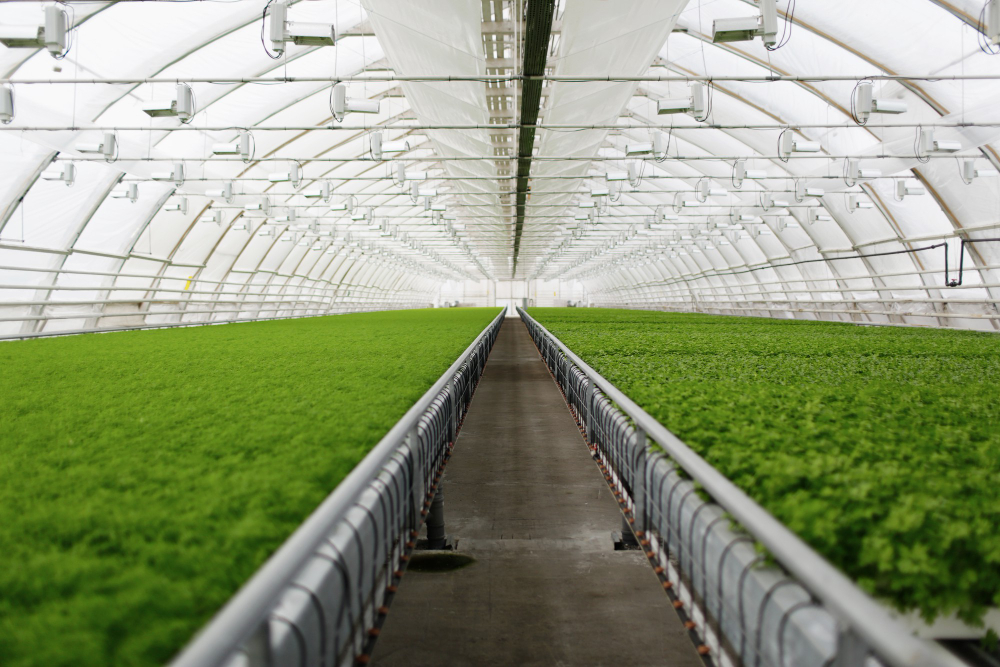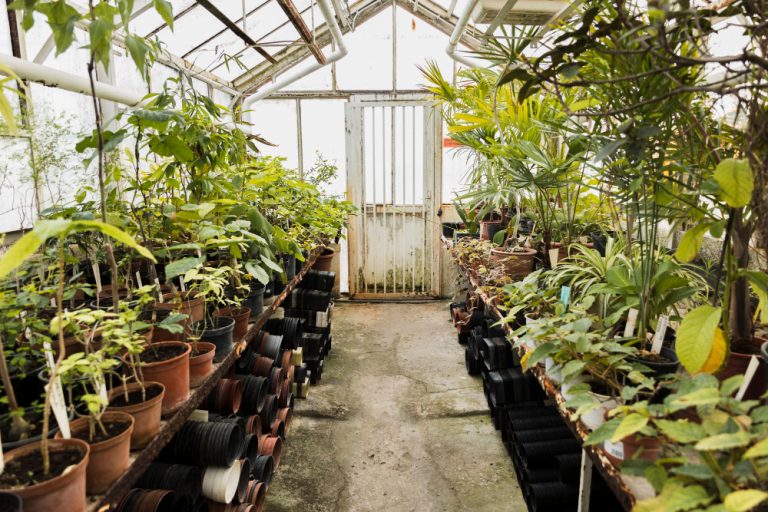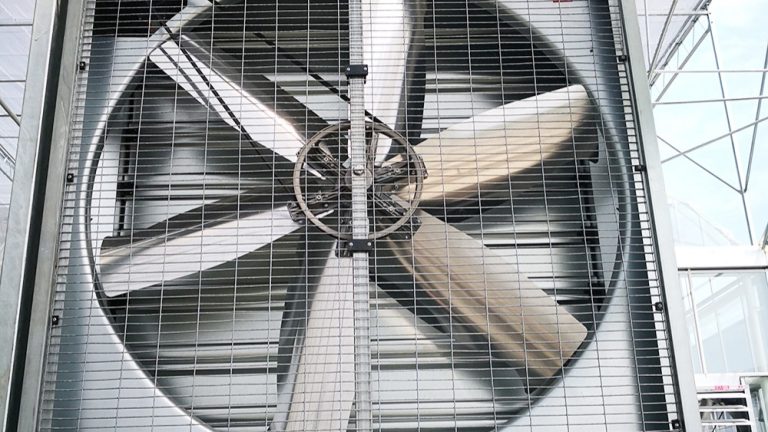
Key Points
Yes,greenhouses can get too hot in summer,especially without proper management.
Research suggests temperatures can exceed 90°F(32°C),harming plants.
It seems likely that ventilation and shading can help prevent overheating.
Direct Answer
Greenhouses are designed to trap heat,which is great for growing plants,but this can lead to overheating in summer.It’s common for temperatures inside to rise above 90°F(32°C),especially on hot,sunny days,which can stress or damage plants.The evidence leans toward managing this with good ventilation,like using fans or vents,and adding shade cloths to block excess sunlight.Without these,a greenhouse can feel like an oven,making it tough for plants to thrive.
Why It Happens
Greenhouses work by letting sunlight in and trapping the heat,but in summer,this can cause temperatures to soar,particularly if there’s no airflow or shade.Full sun exposure and high humidity can make it worse,creating conditions that are too hot for most plants.
How to Manage
You can keep it cooler by opening vents or doors for air circulation,using shade cloths to reduce sunlight,and even adding cooling systems like misters.Planting heat-tolerant plants or using large-leaved plants can also help,as they cool the air through transpiration.Monitoring the temperature with a thermometer is a good idea to keep it around 80–85°F for most plants.
Comprehensive Analysis and Detailed Insights
Greenhouses are specialized structures designed to create controlled environments for plant growth,primarily by trapping solar heat through transparent materials like glass or polycarbonate.While this is advantageous for extending growing seasons,particularly in cooler months,it poses significant challenges during summer,especially in regions with high ambient temperatures.This section explores the phenomenon of greenhouse overheating,its impacts,and strategies for mitigation,drawing from a range of reliable sources to provide a thorough understanding.
Understanding Greenhouse Overheating
Greenhouses function by allowing sunlight to penetrate and warm the interior,with the heat retained due to minimal heat loss.However,during summer,this design can lead to excessive heat buildup.Research from YourGreenhouses Inc.indicates that temperatures can reach as high as 90°F(32°C),depending on local climate and ventilation,transforming the greenhouse into what users describe as an”oven”or”sauna.”This is particularly evident in areas with prolonged sun exposure,as noted in discussions on Garden.org,where users report difficulties maintaining suitable growing temperatures during peak summer months.
The overheating is exacerbated by several factors:
Lack of Ventilation:Without adequate air exchange,heat accumulates,creating a stifling environment.Quora highlights that greenhouses south of Manitoba can overheat without ventilation,emphasizing the need for fans or roof vents.
Full Sun Exposure:Greenhouses receiving direct sunlight all day,especially during afternoon hours,are prone to rapid temperature spikes.A user on Reddit reported temperatures easily reaching the 100s°F in the deep south,killing plants despite open windows.
High Humidity:Combined with heat,high humidity can create conditions ideal for pests and diseases,as noted by The Prairie Homestead,which lists drying out and pest proliferation as risks of overheating.
Impacts on Plant Health
Excessive heat can have detrimental effects on plant health.Temperatures above 90°F(32°C)can cause wilting,drying out,and increased susceptibility to diseases,as detailed in Plant a Greenhouses.GrowSpan further notes that few crops prosper in excessively hot conditions,underscoring the need for temperature regulation to maintain productivity.
Strategies for Cooling Greenhouses
To mitigate overheating,several practical and effective strategies can be employed,as suggested across multiple sources:
| Strategy | Description | Source Example |
|---|---|---|
| Ventilation | Use roof vents, side vents, or box fans to improve air circulation and expel hot air. | Quora, GrowVeg |
| Shade Cloths and Curtains | Install shade cloths or curtain systems to block excess sunlight, reducing heat gain. | Garden.org, GrowSpan |
| Cooling Systems | Use evaporative coolers, misters, or swamp coolers to lower temperatures, especially in hot climates. | Greenhouse Emporium, GrowSpan |
| Plant Selection | Choose heat-tolerant plants or use large-leaved plants like fig trees for natural cooling through transpiration. | Growing Spaces Greenhouses, The Prairie Homestead |
| Thermal Mass | Use water barrels or concrete to absorb heat during the day and release it at night, stabilizing temperatures. | General knowledge, supported by GrowVeg |
| Greenhouse Orientation | Position the greenhouse to minimize direct afternoon sun, reducing heat buildup. | General knowledge, inferred from Garden.org discussions |
| Temperature Monitoring | Use thermometers or automated systems to monitor and regulate temperature, aiming for 80–85°F. | The Prairie Homestead, Greenhouse Emporium |
These strategies can be combined for optimal results.For instance,GrowSpan recommends a balanced approach using both passive(e.g.,ventilation)and active(e.g.,evaporative cooling)methods to keep costs and temperatures down.
Regional and Climatic Considerations
The severity of overheating varies by region.In hotter climates,such as the deep south mentioned in the Reddit discussion,temperatures can easily exceed 100°F,necessitating more robust cooling measures.Conversely,in milder climates,simpler solutions like shading and ventilation may suffice.YourGreenhouses Inc.emphasizes that local climate plays a significant role,with hotter areas requiring more intensive management.
Practical Examples and Community Insights
Community discussions,such as those on Reddit,provide real-world insights into the challenges of summer heat.Users report struggles with temperatures above 100°F,leading to plant loss,and share experiences like leaving doors and windows open without sufficient cooling effect.These anecdotes reinforce the need for proactive measures and highlight the importance of community knowledge in addressing common gardening issues.
Conclusion
Given the design of greenhouses to trap heat,overheating in summer is a common and significant challenge,with temperatures potentially reaching 90°F(32°C)or higher,impacting plant health.However,through a combination of ventilation,shading,cooling systems,and strategic plant selection,it is feasible to maintain a suitable growing environment.These strategies,supported by insights from various gardening resources,ensure that greenhouses can remain productive even during the hottest months,aligning with the needs of gardeners seeking to extend their growing seasons.




